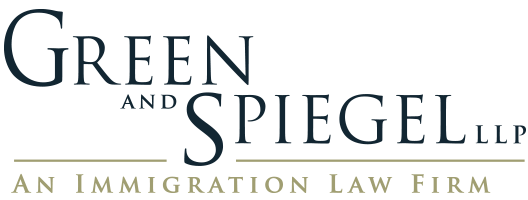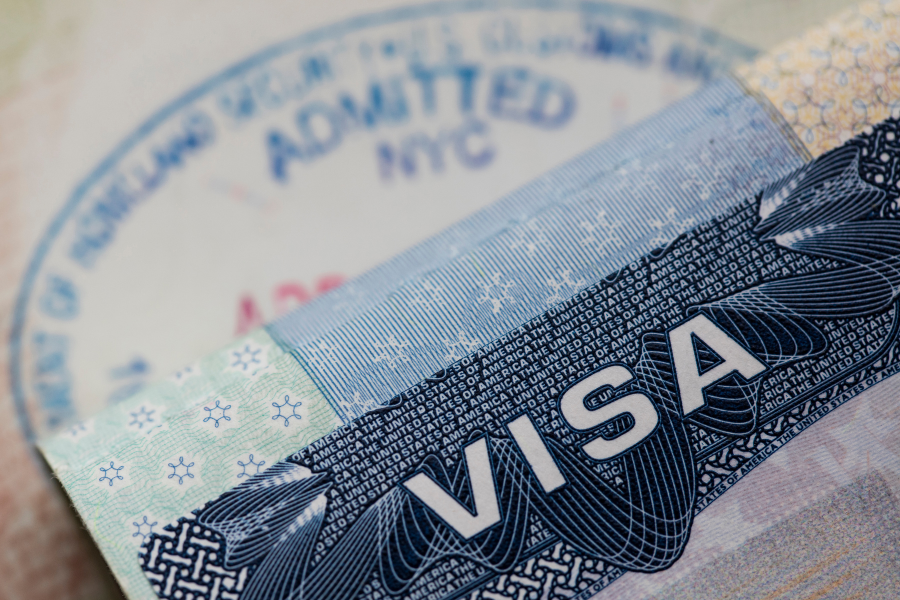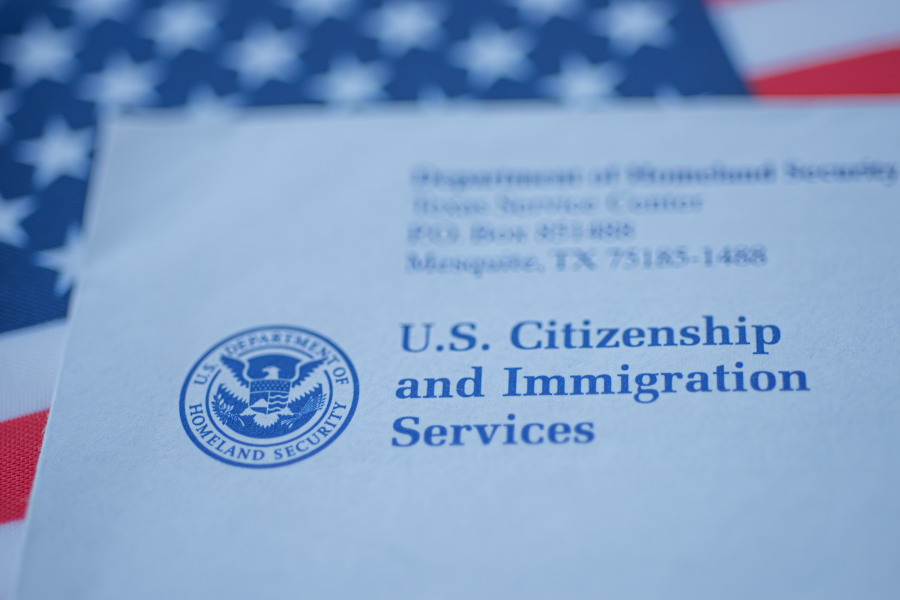Confused about when to use E-Verify, whether an I-9 needs updating, or how to make sure you’re in compliance when rehiring a former employee? Unsure if your business should opt-in to E-Verify? This blog post should help to clear things up, by explaining the differences, similarities, requirements and appropriate uses for each system.
Differences between E-Verify and I-9
Although sometimes (mis)taken to be interchangeable, the terms “I-9” and “E-Verify” refer to two different processes, and failure to use them appropriately could be problematic for employers and employees. First, while the I-9 is mandatory for almost all employers, E-Verify is voluntary for most businesses. E-Verify is mandatory for federal contractors, though, and some states also require E-Verify for some businesses. Additionally, while the I-9 must be used to re-verify expired employment authorization, E-Verify forbids such use.
The requirements for each also differ, with E-Verify having stricter documentation requirements. While a social security number is required for E-Verify, it is not required for Form I-9 (and requiring an employee to provide a social security card for these purposes is a substantive violation that could result in significant fines). Additionally, the I-9 does not require identity documents to contain a photo, while E-Verify does.
When to Use I-9? E-Verify?
As discussed above, there are specific instances in which each process may be appropriate, but the two systems are not mutually exclusive. In other words, situations may arise where completion of both processes is required (e.g. the employer is a federal contractor or the business operates in a state that requires it). Still, since the E-Verify process is voluntary for most employers, the I-9 will usually be the only requirement (see below, however, for instances where an employer might choose to do both).
Potential Benefits of E-Verify
Employers may choose to use E-Verify as an additional tool because of the benefits it can provide. For example, participation in E-Verify is required for employers who wish to extend the employment of foreign students with STEM degrees working pursuant to Optional. Second, participation creates a presumption of the employer’s good faith compliance should they undergo an I-9 audit. Finally, some employers, particularly larger ones, find that using E-Verify (especially when in conjunction with an electronic I-9 system) provides a degree of ease and security in fulfilling their duty to employ a legal workforce.
Re-verification
Additionally, re-verification under the two systems works somewhat differently. For example, Form I-9 must be reverified (either on Section 3 of the I-9 form or by completion of a new form) if:
- An employee has a change of name or other biographic information;
- An employee’s work authorization documentation has expired and requires updating; or
- An employee is rehired within three years of when the Form I-9 was originally completed.
E-Verify, on the other hand, does not have a mechanism for reverification. However, it may be necessary to create a new case for an employee depending on the circumstances of his/her hire:
- Rehire within three years: If a former employee is rehired within three years of his or her previous hire date, employers may rely on the information from his or her previous Form I-9.If no updates to the previously completed form are necessary and the form indicates that the individual is still eligible to work, there is no need to create a new case for the employee in E-Verify.
- Rehire after three years: For the rehire of a former employee after three years have passed since the original Form I-9 was completed, the employee should be treated as a new employee, which means completion of Form I-9 again and the creation of anew case in E-Verify.
- Previous verified rehires in E-Verify: For the rehire of employees who were never previously verified in E-Verify and whose previous I-9 lists an expired document, a new I-9 form must be completed and a new E-Verify case can be created as well. However, for the rehire of an employee for which an E-Verify case was previously created by the employer and for whom the I-9 lists an expired identity document, the employer must either:
- Complete section 3 of the previous I-9 and not create a new case in E-Verify; or
- Complete a new I-9 for the employee and also create a new case for the employee in E-Verify.
For more information about the interplay of E-Verify, I-9, and identity documents as they pertain to rehires, check out this useful chart created by DHS/USCIS.
Conclusion
Compliance with federal employment authorization requirements is extremely important, and failure to do so can result in hefty fines or even criminal liability. The Form I-9 process is mandatory for virtually all employers, with a few narrow exceptions, while E-Verify is voluntary for many. Despite this, some employers may choose to use E-Verify because of the advantages it can provide. Reverification may be necessary in a handful of situations, but whether action is required in the case of rehiring depends on factors such as the length of time elapsed since the first hire date and whether an E-Verify case was previously created for that employee. The regulations governing these complex compliance measures can be confusing. Green and Spiegel has decades of experience working with U.S. employers on Form I-9 and E-Verify matters. We work closely with hundreds of employers and are able to assist those faced with these and similar workforce challenges. Please let us know if we can be of any assistance. Our office number is (215) 395-8959, and we can be reached via the web.



